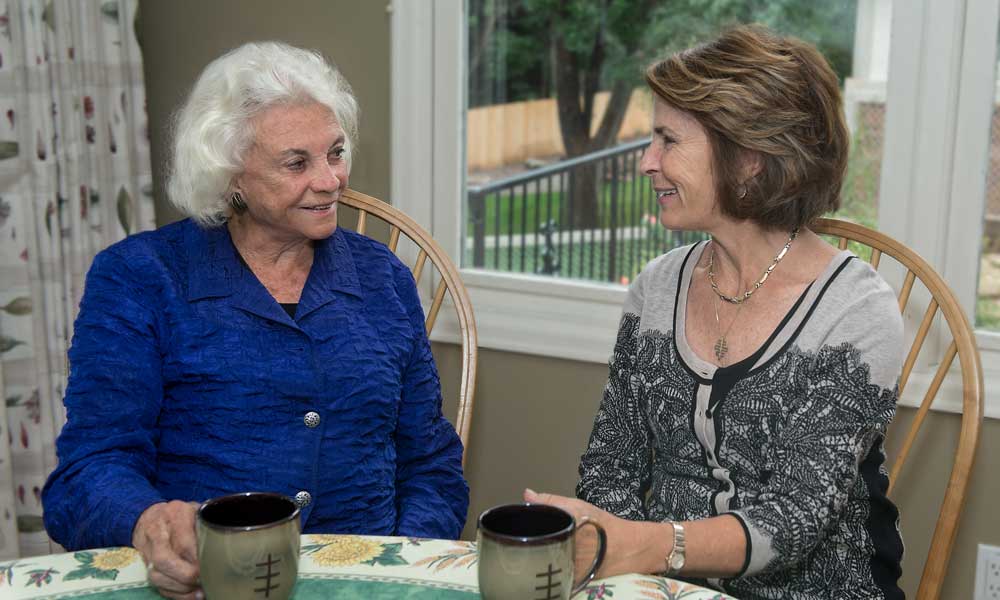Sandra Day O'Connor: The Consummate Cowgirl
 To say that Sandra Day O’Connor fundamentally changed the legal landscape for good is really only a beginning, not a summation, of the contributions she made.
To say that Sandra Day O’Connor fundamentally changed the legal landscape for good is really only a beginning, not a summation, of the contributions she made.
A daughter of the West, her first job after graduating from high school two years early and Stanford Law School at a breathtaking two-year clip was to work as an unpaid county attorney. She turned down the paid opportunity she was offered to work as a legal secretary. Such was the lot of women in law at the time. But as was her nature, she worked around and beyond these limitations to create her own private practice, be appointed Assistant Attorney General of Arizona, serve in the Arizona State Senate, and be appointed to the Arizona Court of Appeals. It was there President Ronald Regan found Justice O’Connor and appointed her to be the first woman to serve on the U.S. Supreme Court.
But we misunderstand Justice O’Connor if we only see her as a litany of dates and titles. If we see her one-dimensionally as a woman focused exclusively on breaking barriers, we miss much of the even deeper impact she had. This might sound strange coming from a woman who both followed her footsteps into the judiciary as well as benefitted from the trail she had already blazed. The seismic shift she created, nearly singlehandedly, for women in law is real and true and will be held up rightly by many as her lasting legacy.
But to my mind, her deepest value came in the simple doing of things and doing them in an authentic and straightforward way that forged a new path forward. She believed that there wasn’t a problem that couldn’t be solved with hard work and determination. And she believed that well-intentioned people could find consensus. Whatever the mix of ethos in her, that consistent and persistent cultivation of consensus is striking when you consider that much of her judicial work on our country’s highest court targeted many of our nation’s thorniest issues.
Her instincts were to build majority whenever she could, and she did so on many cases. Where no majority was to be found, she was willing to stand up and serve as the swing vote, often leaning toward protecting women’s rights and the rights of those historically oppressed. Where neither avenue was open, she understood that restraint was the best course and crafted more narrow opinions that stood until a broader consensus presented itself. She brought a perspective to the court that was unique and pivotal, and she did it with unbridled intellect and quiet dignity. It is hard to imagine that anyone else could have filled that role.
In her life following the court, she continued to find paths that allowed her to serve her country in the way she was best suited. I had the honor of working with her on efforts to ensure that all courts across our country find and retain quality judges. She was also passionate about the need for better education in civics, so that our youth understand both their rights and responsibilities in our representative democracy. It was in these types of efforts to make positive, lasting change that Justice O’Connor has always shown brightest.
So today, while many will correctly hold her up as a judicial ground breaker, I will think of her as a tiller and a nourisher of the soil instead. I will think of how the seeds she planted have taken root. And I will think of the thousands of little ways that her presence improved our courts and by extension our country. Fundamentally, I will think of her as a cowgirl who was able to git 'er done.


